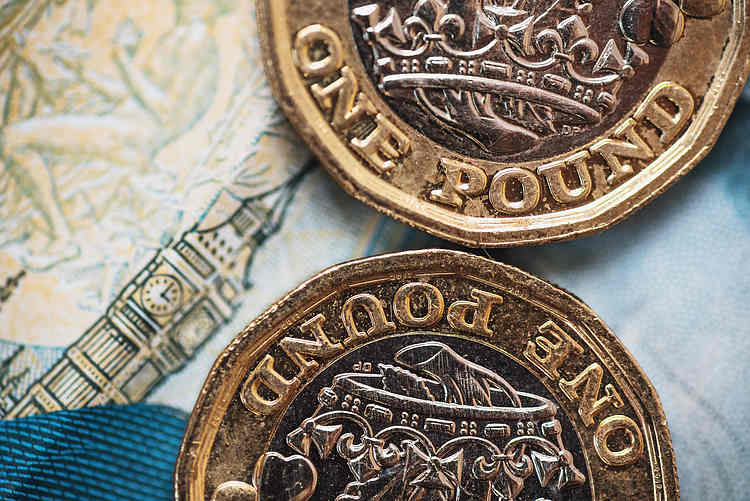The Pound Sterling (GBP) is showing little change and is underperforming during the current session, according to Scotiabank’s Chief FX Strategist Shaun Osborne. GBP gains are being held back and capped at the low 1.31 area. Recent data shows that UK GDP remained flat in July, falling below the expectation of a 0.2% increase, and rose by 0.5% in the July quarter, slightly lower than the forecasted 0.6%. The details of the data were generally weaker than expected, particularly in the manufacturing sector.
These figures indicate a potential slowdown in growth momentum after a more positive first half of the year, but they are unlikely to change the near-term prospects for the Bank of England (BoE). Market expectations still point towards a low risk (4-5bps) of a rate cut this month. Despite this, soft price action throughout the day has prevented GBP from making significant gains in the low 1.31 area. Therefore, it is anticipated that GBP will continue to trade within a narrow range in the short term, with trend signals indicating weak and neutral levels. The support level is set at 1.3050/60, while resistance is at 1.3115.
In essence, the current economic data and market factors are suggesting that GBP may face challenges in gaining significant strength in the near future. The weaker-than-expected GDP figures and the potential for a rate cut by the BoE are contributing to the limited movement in GBP. While the market continues to monitor any developments that may impact the currency, it is likely that GBP will remain range-bound in the short term until there is more clarity on the economic outlook. Traders and investors are advised to keep an eye on key support and resistance levels to make informed decisions regarding their GBP positions.
Overall, the performance of the Pound Sterling in the current session reflects a cautious sentiment among traders and investors. The data released regarding UK GDP and the ongoing speculation about a potential rate cut by the BoE are influencing the price action of GBP. With trend signals pointing to weak and neutral levels, it is expected that GBP will continue to trade within a narrow range. Support levels are set at 1.3050/60, while resistance levels are at 1.3115. Traders are advised to monitor any developments that may impact the currency and adjust their strategies accordingly.
In conclusion, the Pound Sterling is facing challenges in gaining strength due to weaker economic data and the possibility of a rate cut by the BoE. The current market sentiment is cautious, with GBP struggling to make significant gains in the low 1.31 area. With trend signals indicating weak and neutral levels, it is anticipated that GBP will remain range-bound in the short term. Traders and investors should pay close attention to support and resistance levels to make informed decisions about their GBP positions. As the market continues to monitor economic developments, more clarity is likely to emerge regarding the outlook for the Pound Sterling.










